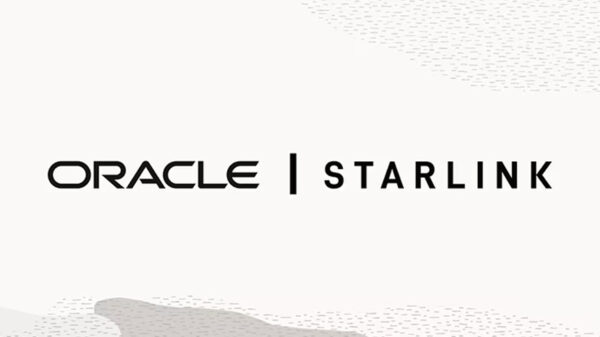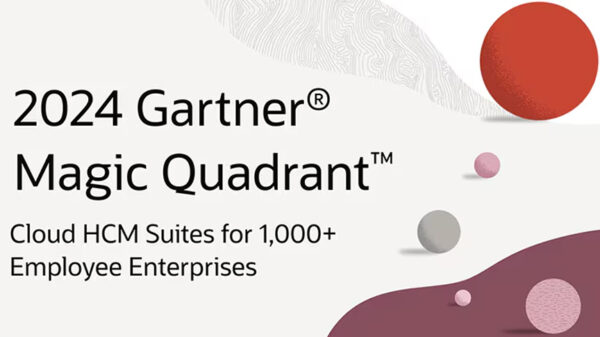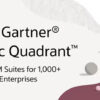
Chris Chelliah, Group Vice President and Chief Architect, Core Technology and Cloud, Oracle Asia Pacific
By Chris Chelliah, Group Vice President and Chief Architect, Core Technology and Cloud, Oracle Asia Pacific
The public cloud is often seen as something that sits outside the enterprise. But its capabilities can be brought in-house
The benefits of cloud are now widely known; a faster time to market, streamlined processes and flexible infrastructure costs. The public cloud model also provides rapid access to business applications or shared physical infrastructure owned and operated by a third party. It is quick to provision, and the utility billing model employed in a public cloud means companies only pay for the services they use.
And, with costs spread across a number of users, costs are kept under control.
This works especially well for certain business applications that support HR, Sales, Marketing and Support. It is also ideal for training, development and testing – where there are sporadic bursts of activity.
Private cloud, on the other hand, offers a bespoke infrastructure dedicated to an individual business, either run on-premises or hosted within a data center run by the cloud provider. This provides most of the benefits of the cloud – an agile, scalable and efficient cloud infrastructure – but with greater levels of control and security for the business than is offered by the public cloud, and as a result, often has a slightly higher level of cost.
A private cloud is often perceived to offer the best option for mission critical applications, or those that demand a higher level of customisation – something that can be more difficult to achieve in a public cloud environment. It can also reduce latency issues, as services are accessed over internal networks rather than the internet.
Bearing these factors in mind, a private cloud tends to work well for large and complex applications or organisations and those with stricter obligations around data and regulation.
Historically, customers have been faced with the dilemma of which model to use – public or private. They’ve had to make a decision, one application at a time. This is mainly because public and private have had very different setups. There has not been an ability to seamlessly pick up workloads and move them back and forth between the private and public cloud. Each ‘burst’ or ‘cross-over’ from on-premise to on-cloud (or vice versa) requires different provisioning code, security profiles, network configurations, testing and automation tools. It’s just too difficult!
Fortunately, when considering the move to cloud, it doesn’t have to be an either/or decision anymore: hybrid cloud enables companies to utilise a mixture of both, and is giving organizations new strategic options. It is about providing the exact same infrastructure, security policies and toolsets, and, at the very last stage, choosing a deployment option – either on-premise or on-cloud.
One of the key benefits of operating a hybrid cloud is that it enables users to move applications and workloads between environments depending on demand, business needs and other variables. This mixed approach means businesses can rapidly respond to operational developments — for example using public cloud to quickly and cost-effectively develop and test new applications, before moving them back behind the firewall as they go into production.
It also means more (if not all) of a company’s applications are now ready to take advantage of the benefits of being deployed on a cloud – even if it’s the private cloud to start with.
This is now possible thanks to an evolution in the cloud computing space — the Public Cloud Machine — which uses the same software and hardware as the public cloud to bring the capabilities on-premise, meaning businesses can exploit the power of public cloud infrastructure while having the extra control that in-house data centers provide.
Essentially, it means organizations can address specific business or regulatory requirements, as well as those around data control and data location, while being able to tap into the perceived benefits of the public cloud: agility and pay-as-you go billing.
The hybrid cloud is set to become a business-as-usual expectation from companies. Oracle is leading with the Public Cloud Machine, getting customers ahead of the curve.
By being able to blur the lines between where one cloud begins and another ends, companies can gain the ultimate flexibility of cloud, become more agile than their competitors and be in a better position to rapidly respond to changing needs and an increasingly competitive environment.


















































































































